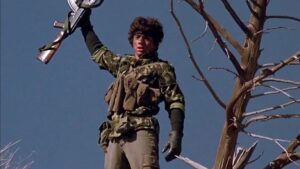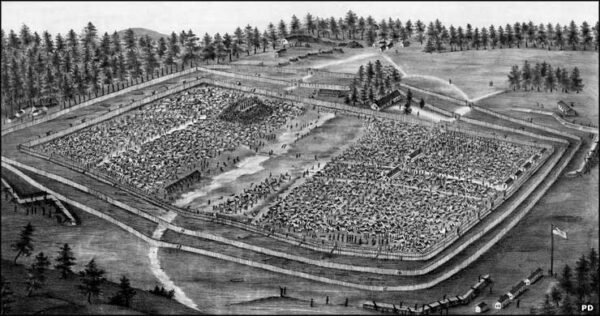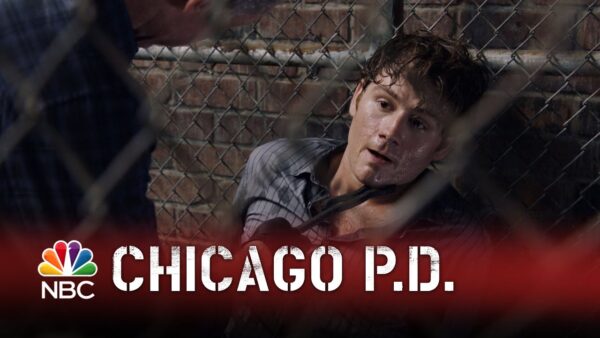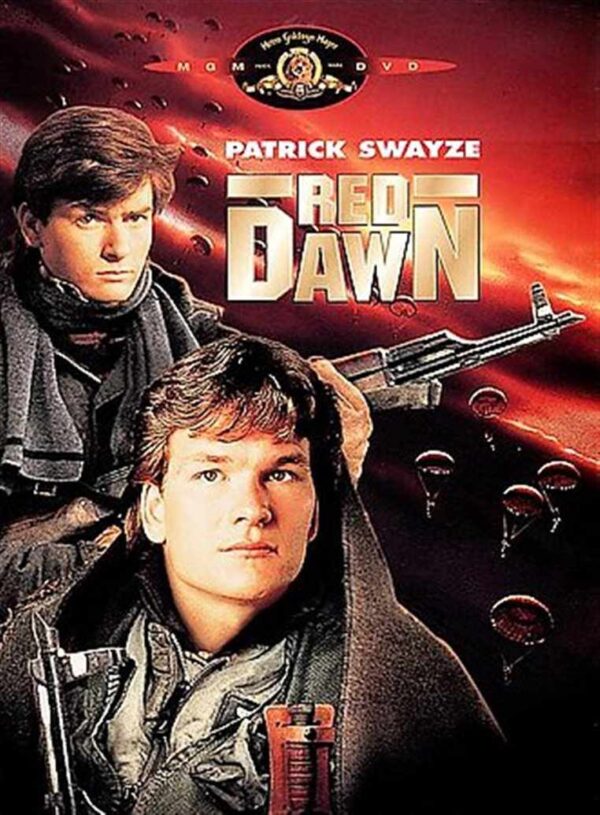Found a DVD in the value bin at Walmart – the classic 1984 version of Red Dawn, with Patrick Swayzy. A fictional story, set in the early 1980s, in the mountains of Colorado, a group of teenagers defend their town from occupying Soviet and Cuban forces that have invaded the US. The kids live in a village called Calumet; it could be almost anywhere, a small American township with deliberately vague landmarks. Maybe your town. The teens start a guerilla warfare movement, blowing up enemy equipment over a six-month period, but the movie has a dark side. Not all the citizens are in for the cause; the mayor is a collaborator. Occupying forces execute hostages in an attempt to quell the uprising; the teens shoot captured Russian prisoners. I won’t spoil the ending.
Red Dawn got me thinking of a potential Civil War today, as a lot of pundits are saying that our country is headed for one; and a senior politician seemed to be goading his opposition into starting one. So I started re-reading on the Civil War – the “Battle Hymn of the Republic,” “When Johnny Comes Marching Home,” and the “Gettysburg Address” and all that, but there is another side of that war – when Americans were fighting other Americans – a very dark side, that Abraham Lincoln could see, and if we didn’t watch out, the country would never heal.
Both sides, North and South, killed captured prisoners on more than one occasion – maybe a lot more, because if 100 are killed, that becomes news, but if 1-2 are killed, it probably doesn’t even get reported up the line. One or two here, one or two there, and at some point they add up to real numbers – real bad numbers. Both sides, Union and Confederate, established terrible prisoner of war camps; an especially infamous one up north was Camp Douglas in Chicago – an equally infamous one down south was Andersonville in Georgia. Make no mistake; those two hellholes were concentration camps and the only things missing were gas chambers.
I recall reading that Union Generals Grant and Sherman were discussing how many Confederate soldiers would have to die before the south would give up. Grant reminded Sherman of all their southern classmates they had known at West Point, and how tough they were, and how many joined the Confederate Army – and then Grant reportedly said: “About a quarter million.” That was pretty accurate, as some historical studies have posited that 258,000 Confederates and 360,000 Union troops died – 618,000 total. Guerilla/criminal bands – Quantrill, Bloody Bill Anderson and others – slaughtered civilians; it wasn’t called “Bloody Kansas” for nothing. The material cost was monumental too. Sherman’s burn-it-to-the-ground March to the Sea hastened the end of the war, but it took Georgia decades to recover economically.
Civil War today? There is one characteristic, that bears watching, common to many on both sides. They view the other as evil. It used to be in America that one viewed political opponents, as mis-guided or stupid, and you worked by peaceful ways to convince them to change. But evil? There is no compromise with the devil. You exterminate evil or it will do the same to you.
If we have a Civil War, whether viewed as crushing an evil insurrection, or overthrowing an evil government, it will get ugly in a hurry. In Civil Wars, many folks present at its start, are dead before it ends. Whoever is in power, Democrats or Republicans, might suspend habeas corpus – Abe Lincoln did, and some would argue it has been suspended for participants in January 6. There will be targeted killings of folks supporting the other side; we’ve already had targeting of Supreme Court justices. Civil War looting will dwarf pillaging in 2020, and looters will be shot on sight by enraged citizens who feel their government won’t protect them.
In Civil Wars, border areas are especially vicious as both sides lack legitimacy to police them, so both push war matériel over borders to their supporters. That lawless situation already exists in northern Mexico and many areas inside the US. Both sides might well allow torture to gain information. It may not be William Wallace variety in Braveheart, but it easily could be Hank Voight and “the cage” in Chicago PD, as lots of people just “disappear” in Civil Wars. After many of these conflicts, bunches of people on the losing side get hanged by the neck until dead, while others have lifetime bans on voting, gun-ownership, military service, property ownership, or receiving social benefits.
War is subject to irrational factors, which gives each conflict a unique character. Typical of Civil Wars is that they don’t end until BOTH sides decide to stop. “When” is hard to predict, but it’s predicated on pain, lots and lots of pain. That’s why Red Dawn is such a great movie – it gets you to think about what could happen after the sun comes up.



